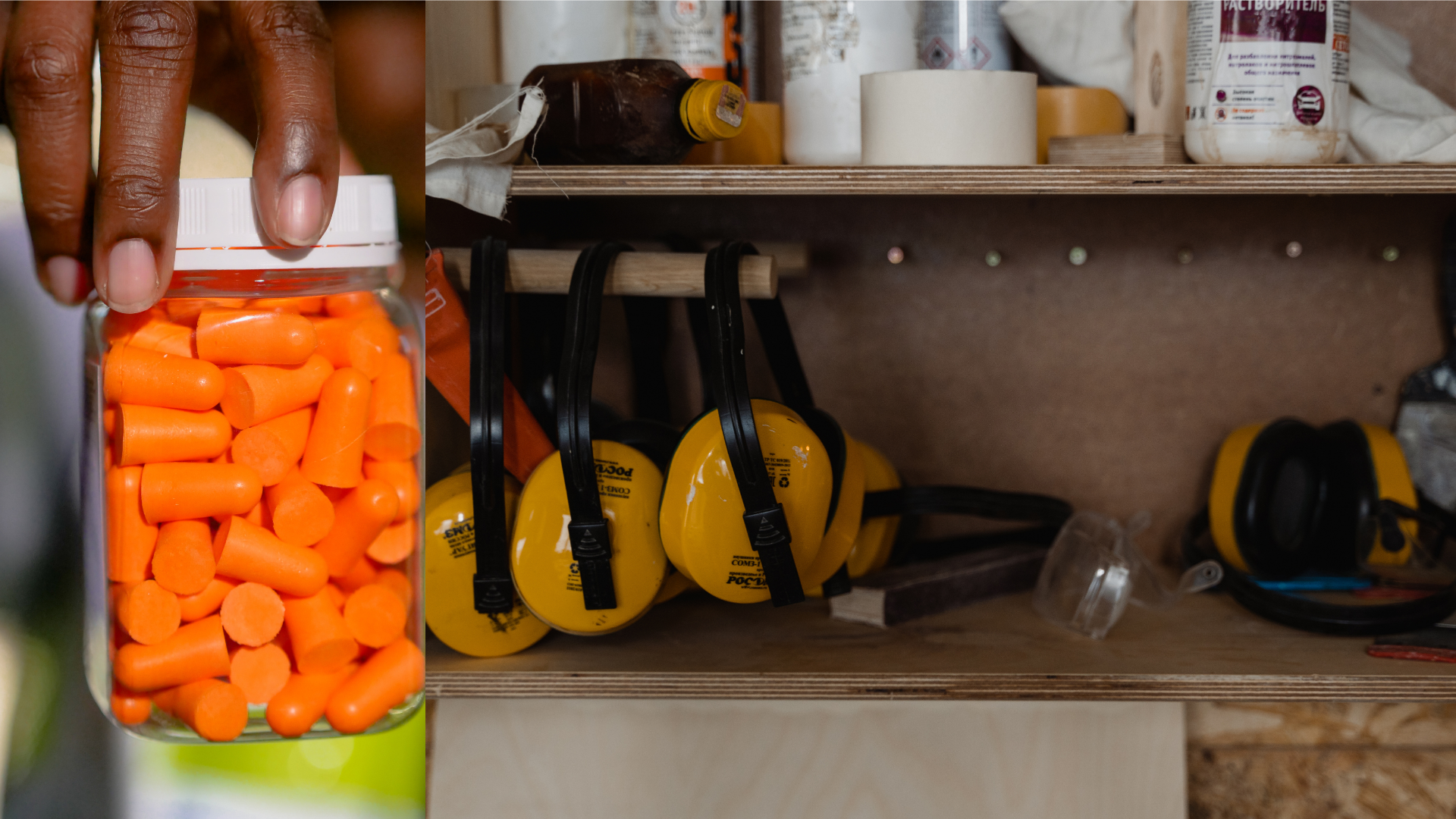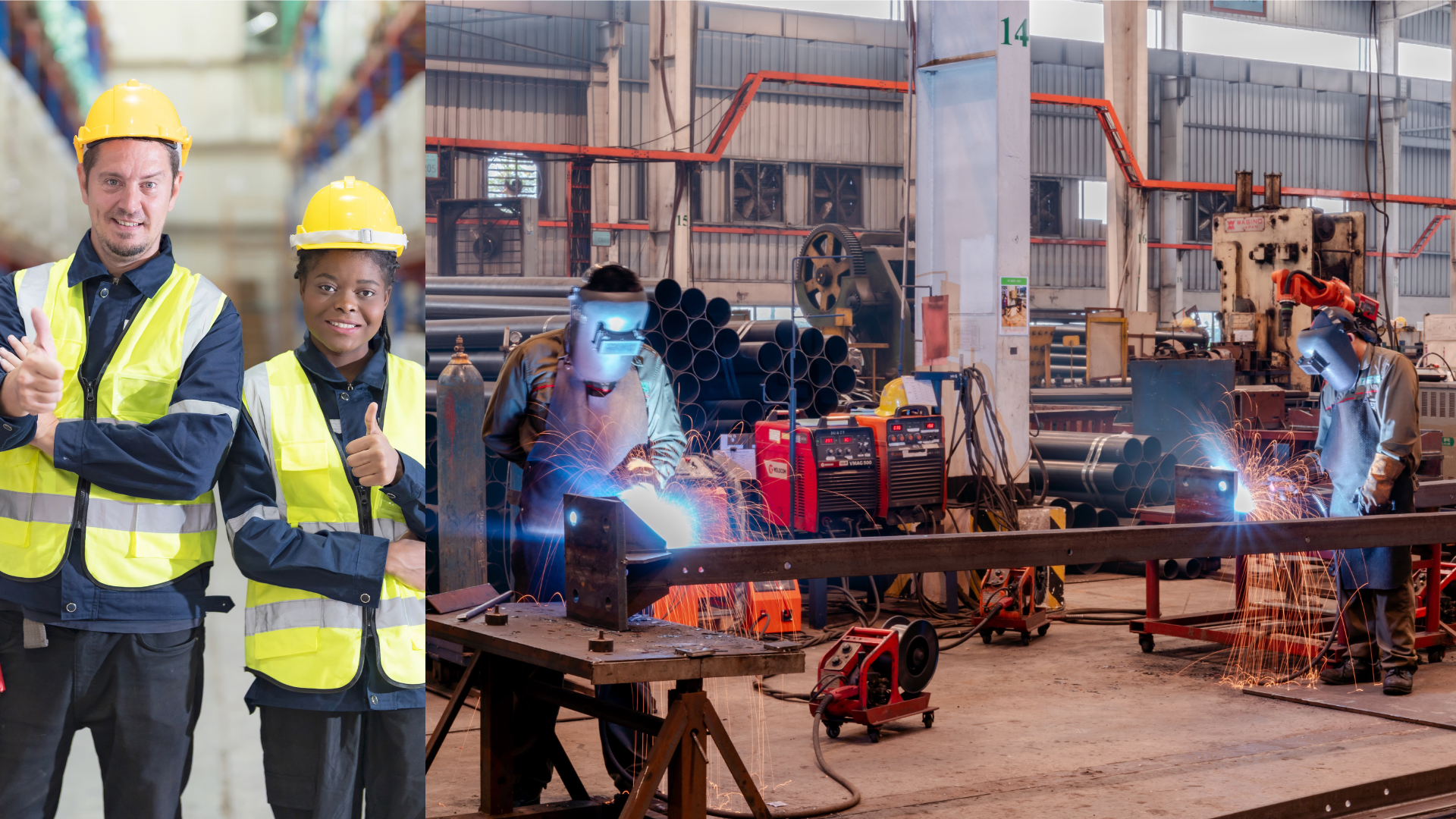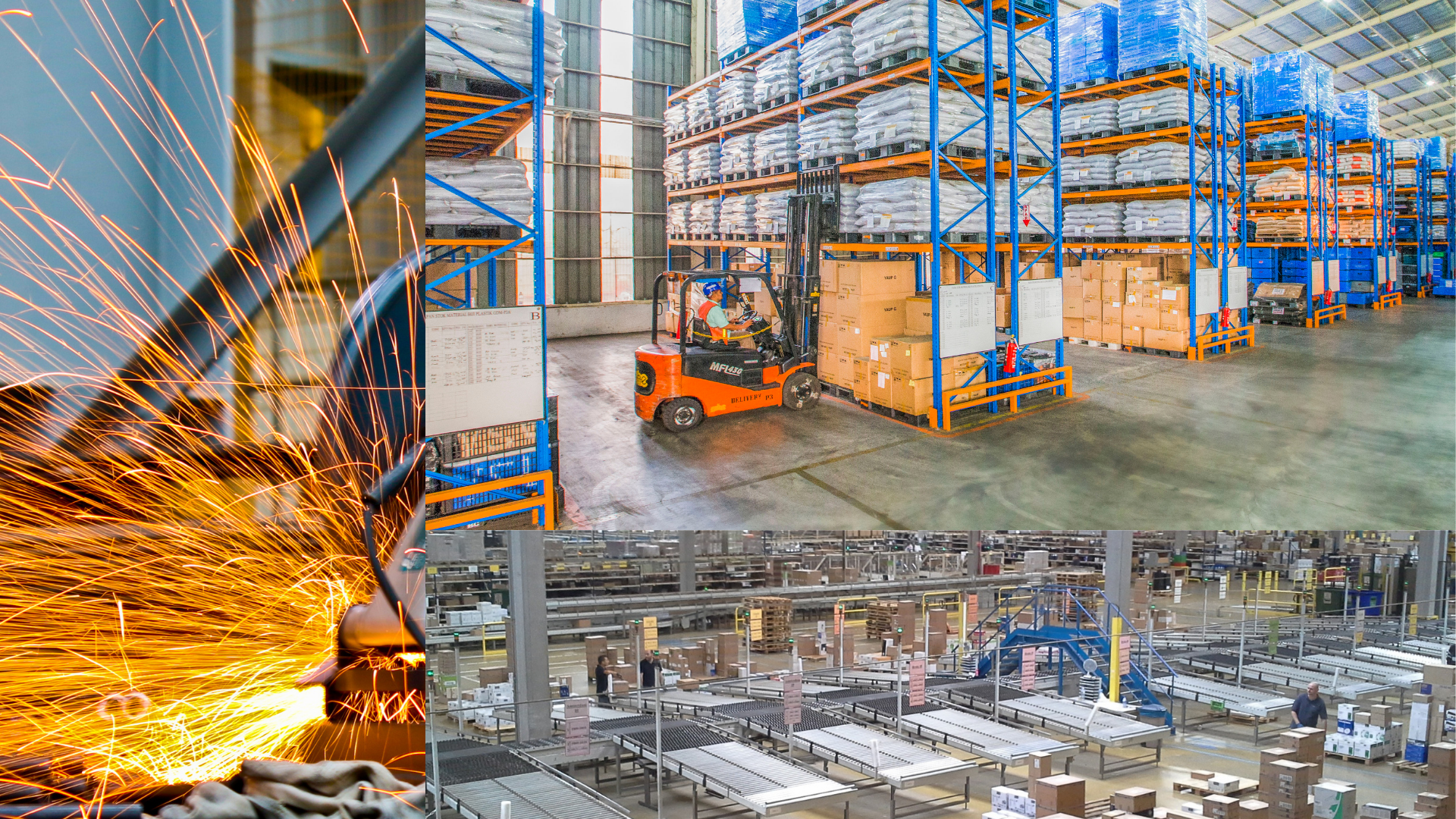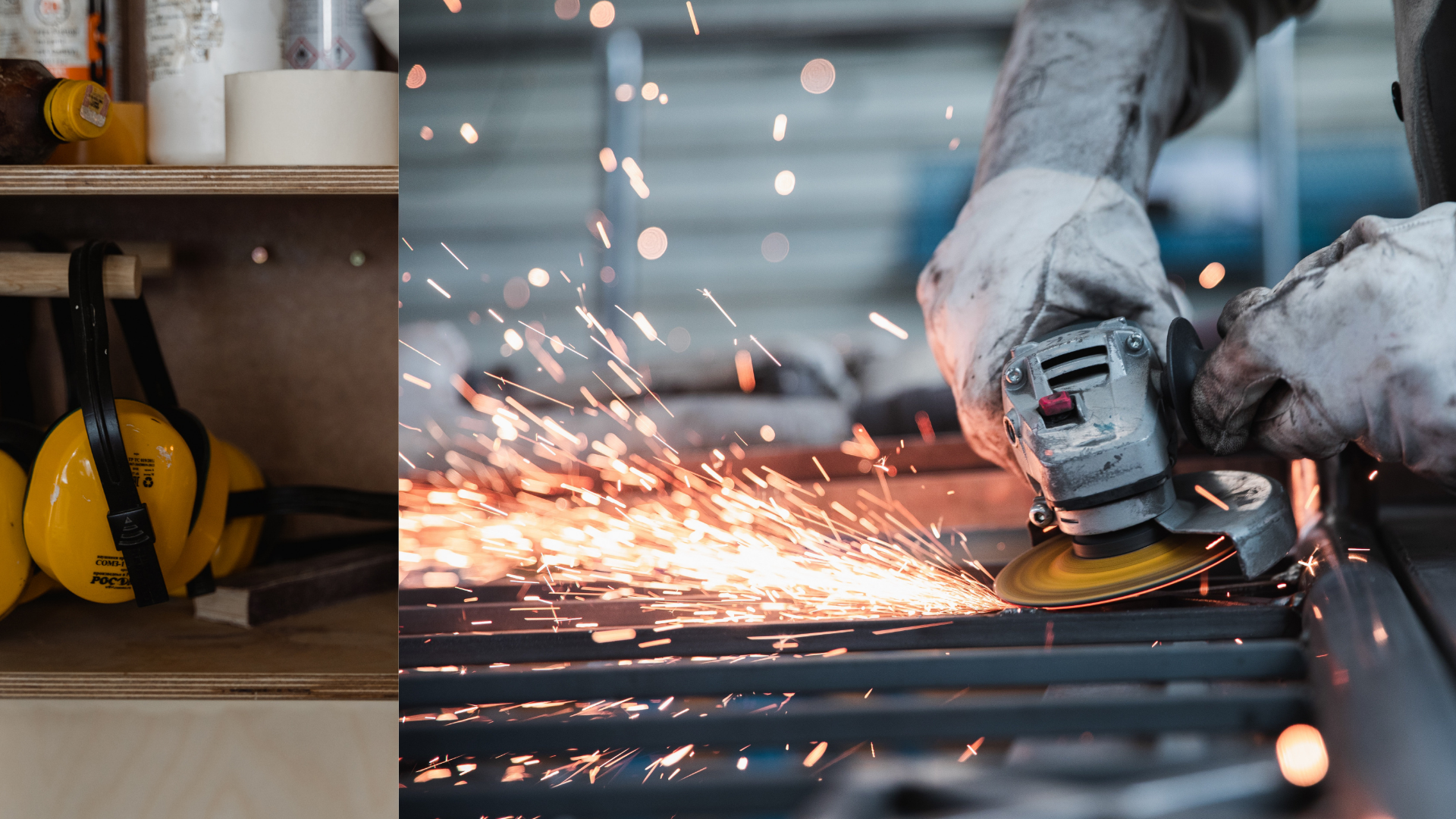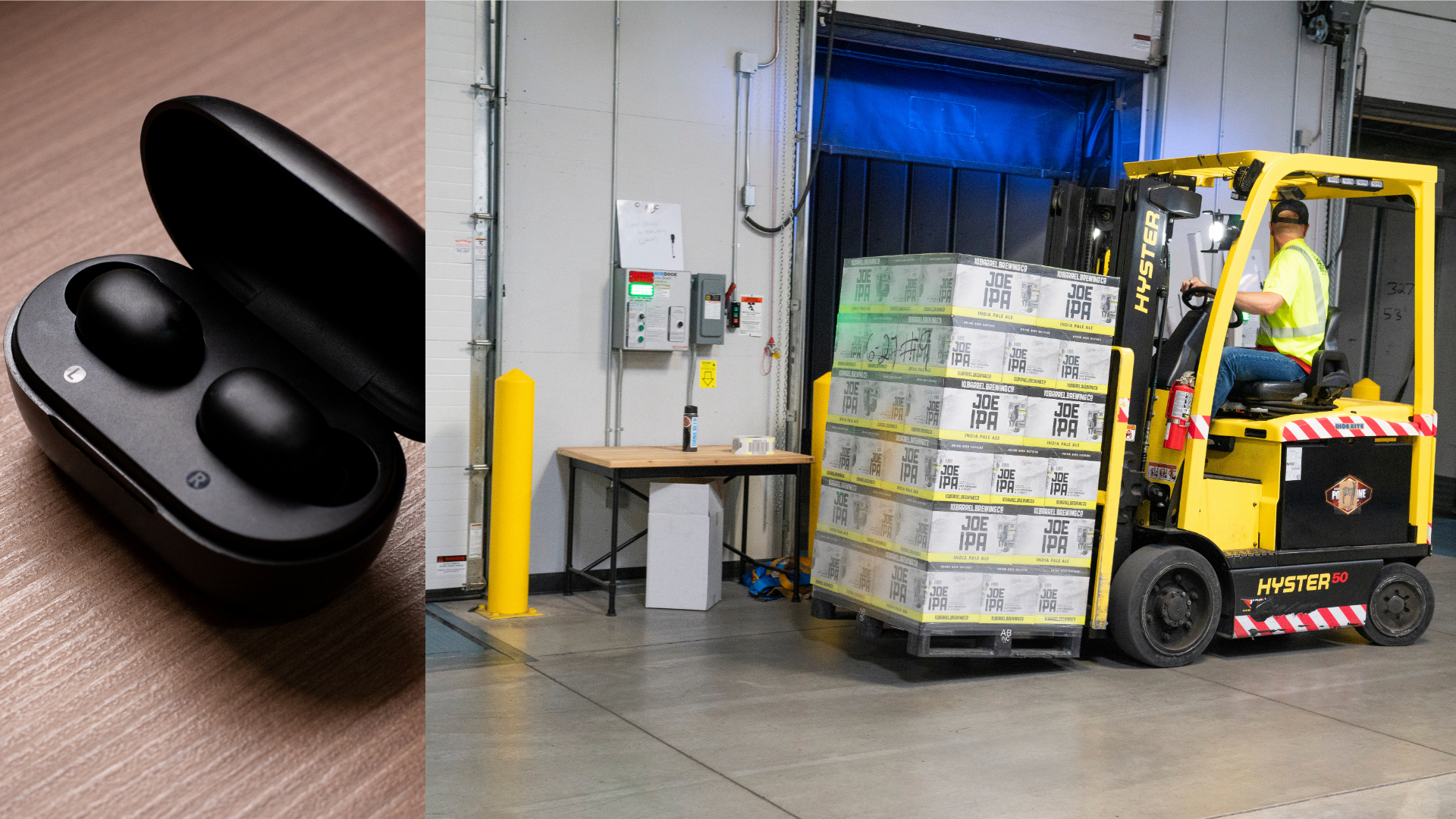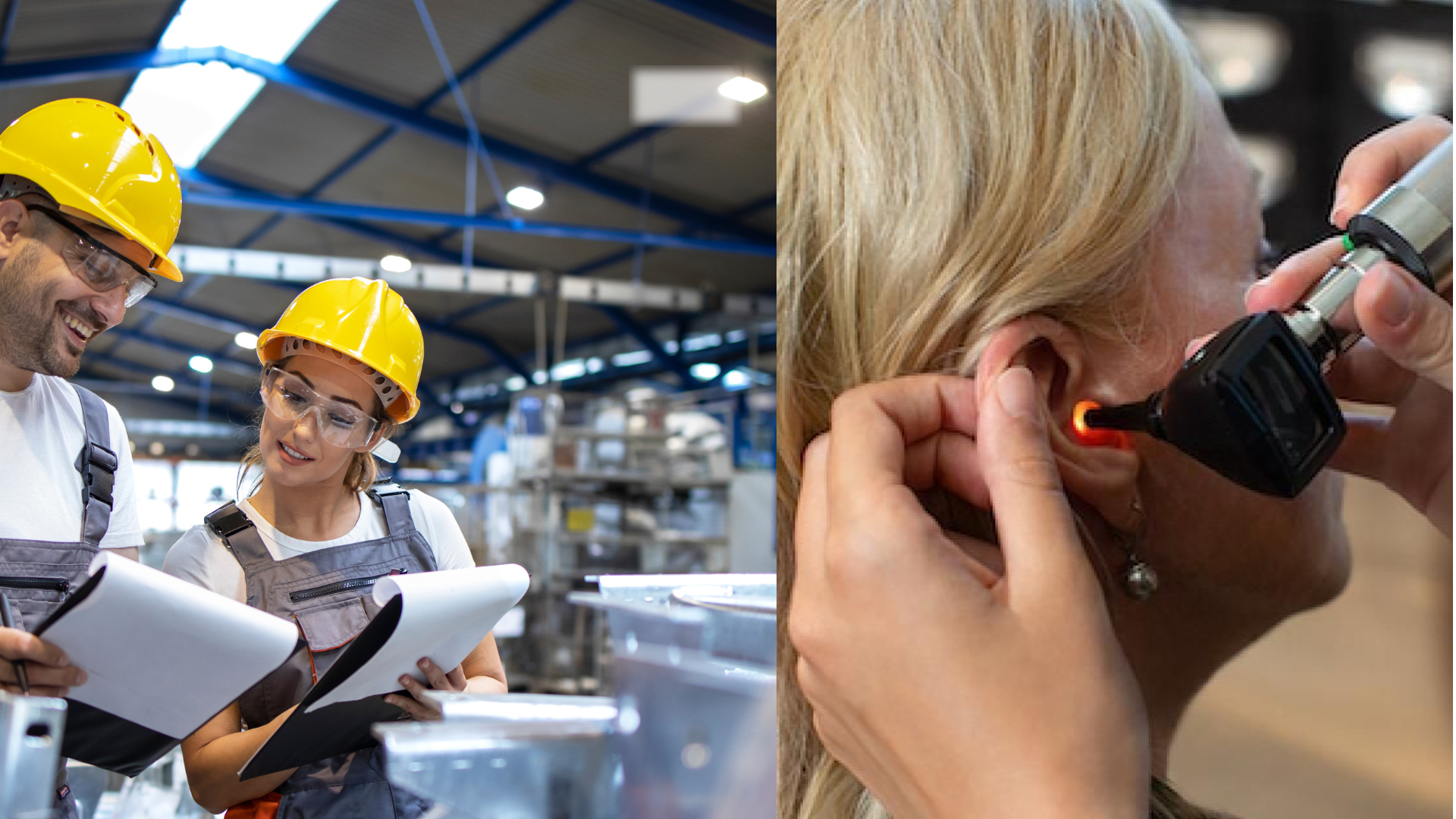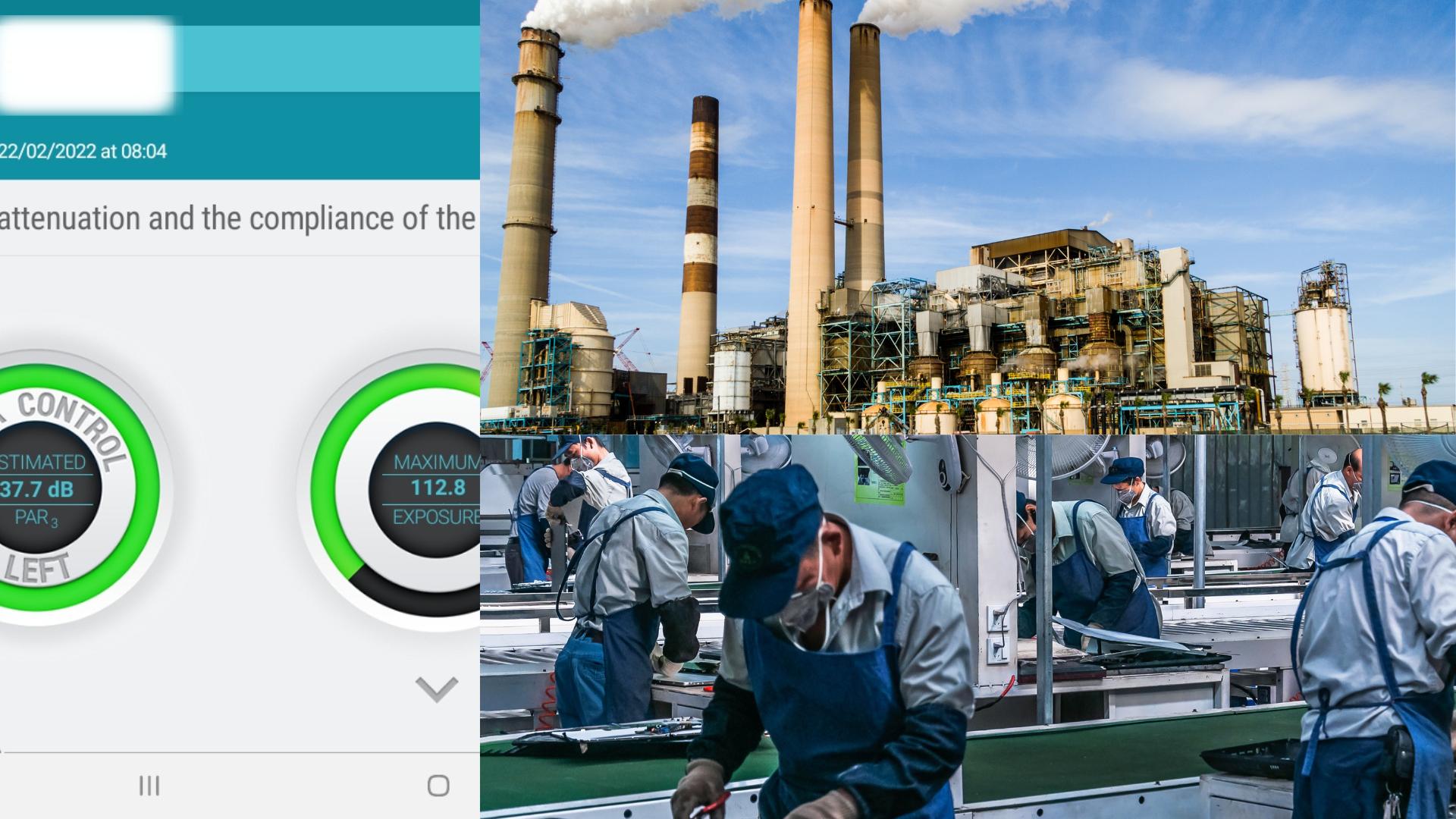Noisiest Jobs in the World
Do you work in a noisy sector? Are you concerned about your hearing health, or worried that your employees might face hearing loss? Even the noisiest jobs in the world don’t need to cause hearing loss if you learn about the risks, and provide the best in hearing protection for all your staff. Here are a few of the noisiest jobs in the world, and the decibel levels you should be watching out for.
Noise Induced Hearing Loss
Millions of workers in America are exposed to dangerously loud sounds, and risk noise induced hearing loss (NIHL). They face sounds so loud that they can experience permanent hearing loss in one afternoon if they’re not wearing hearing protection. Usually, NIHL is a gradual process, from being exposed to loud sounds each and every day.
Understanding noise induced hearing loss is all about understanding decibel levels. Decibels (dB) are how we measure sound, and any sounds over 85 dB will damage your hearing. To put that into perspective, the volume of normal conversation is around 60 dB, your blender is anywhere from 80 – 90 dB, and your child’s classroom is around 85 dB.
Noisiest Jobs in the World
There are a few jobs that are notoriously loud, with very high decibel levels that can cause a lot of damage to your hearing health. Factories and farms are very noisy, with dB levels often exceeding 100 dB. At that volume, a day of work will cause damage to the delicate cells in the ear. If you have a manufacturing business, your employees need to protect their hearing. Musicians face dangerous sound levels of up to 110 dB. Construction workers also have loud jobs, with heavy machinery and power tools reaching sounds of around 120 dB. Finally, airport ground staff work in excessively loud environments, and if they’re not wearing hearing protection, risk severe hearing loss in just a few minutes, with sounds reaching 140 dB! If you’ve noticed their orange earmuffs, you can be sure those aren’t for show, but are absolutely necessary for their health and safety.
Other noisy jobs include bouncers and bar staff, who experience sounds of 115 dB for a few hours every night. Formula one drivers face sounds of 135 dB, and should be protecting their hearing every time they get behind the wheel. Law enforcement also face very loud noises, and a gunshot firing at close range is 140 dB. Working around these decibel levels requires the best in hearing protection, such as custom molded earplugs , or over the ear muffs.
Protecting Your Hearing
If you and your employees work on a noisy jobsite, protecting your hearing can drastically reduce your chances of hearing loss, and safeguard your hearing for years to come. Not only does exposure to dangerously loud sounds lead to hearing loss, it can also cause pain, headaches, stress, depression, tinnitus, and even insomnia. The pain threshold is 125 dB, and if your jobsite is louder than that, not only will your staff risk hearing loss, their productivity will be greatly reduced, and the chances of workplace accidents will increase.
The risk of hearing loss among these professionals is very high, so it’s your job to help your staff protect their hearing with the right hearing protection. The louder the noise, the faster you’ll experience hearing loss, and very loud sounds can cause immediate hearing loss. Make sure your staff isn’t facing prolonged exposure to dangerous sounds.
The type of jobsite you have dictates what kind of industrial hearing protection your employees need. For some, foam earplugs could be enough to keep everyone’s hearing safe. However, on noisy jobsites, earmuffs will provide far more protection, and create a safe seal around the entire ear. In some cases, it may be worthwhile to invest in digital hearing aids, that will allow you to hear soft sounds at a normal volume, but will automatically activate when you’re exposed to dangerously loud sounds.
Anadyne
Protecting your hearing, and the health of all your employees, has never been easier. At Anadyne we specialize in jobsite hearing protection, and we’ll even come to you. Call us to schedule the most convenient time, and we’ll test your workers’ hearing, examine the jobsite, and make suggestions on the best way to keep everyone’s hearing safe.
The post Noisiest Jobs in the World appeared first on Anadyne.

